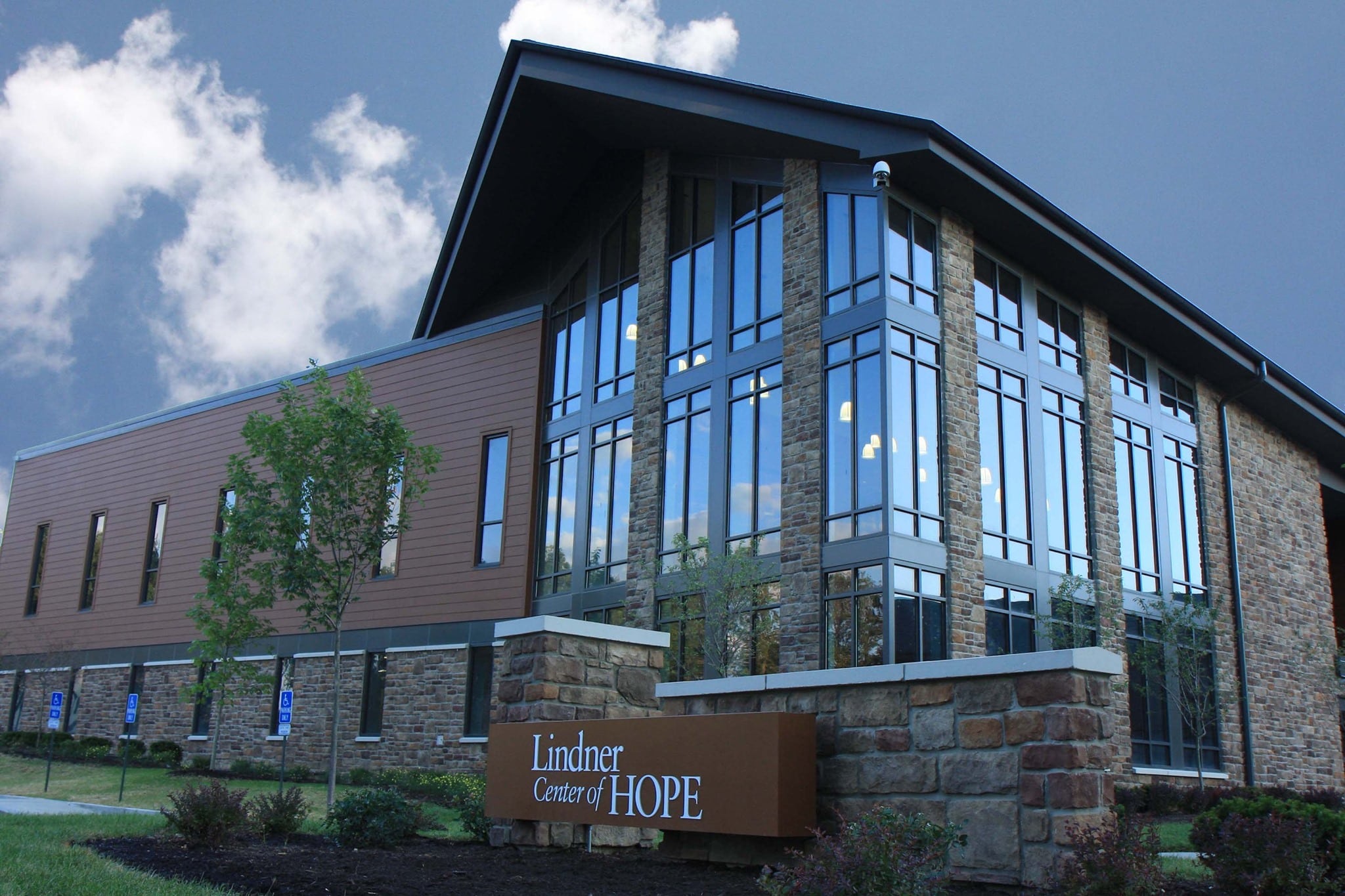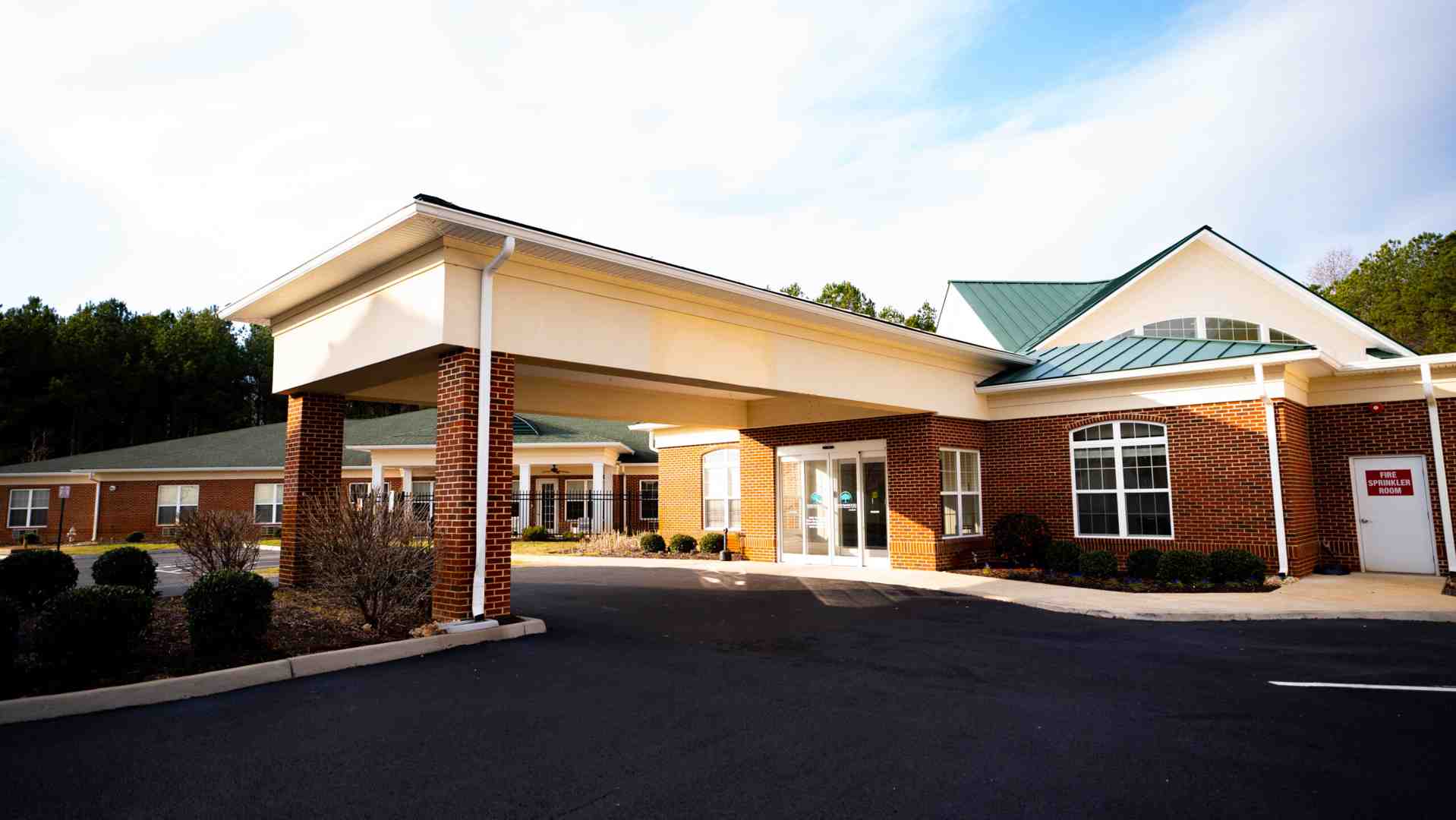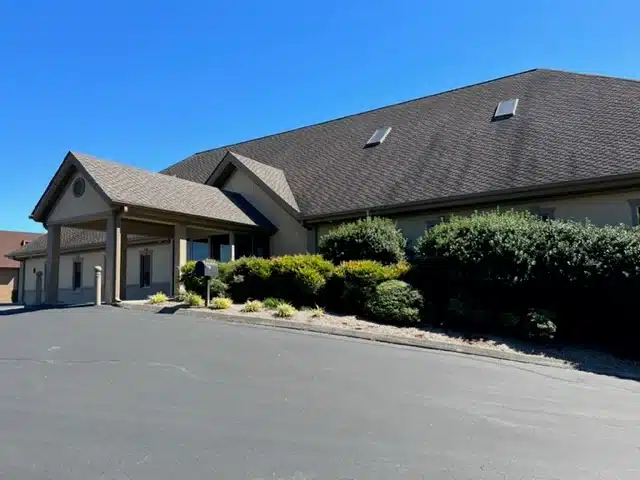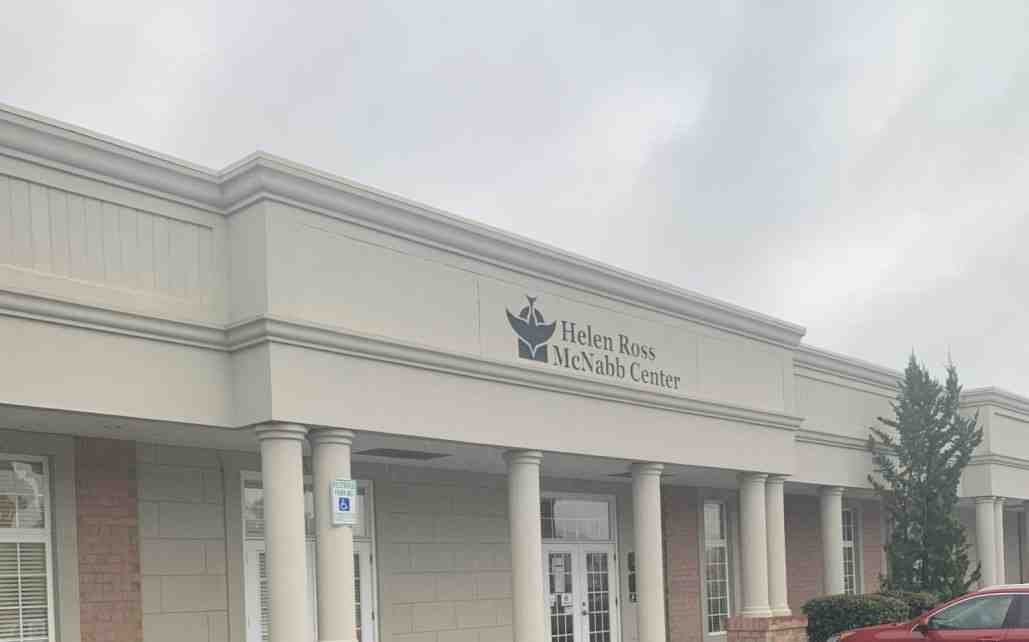
Why Finding the Right Rehab Center for Depression Matters
A rehab center for depression offers structured, professional care for individuals whose symptoms are severe or haven’t improved with standard outpatient treatment. These facilities provide a safe, supportive environment with services ranging from 24/7 inpatient care to intensive outpatient programs (IOP).
Consider a rehab center if you’re experiencing:
- Severe symptoms that impact daily life
- Suicidal thoughts or self-harm risk
- A lack of success with previous treatments
- A co-occurring addiction or trauma
Depression is the leading cause of disability worldwide, but it is also highly treatable. With the right care, recovery isn’t just possible—it’s probable. The challenge is navigating the overwhelming landscape of treatment options. Finding the right rehab center for depression can feel impossible when you’re already struggling.
That’s where these seven practical hacks come in. At Addiction Helpline America, we use these strategies daily to help people find effective care quickly. We’ve distilled our experience into these actionable steps to save you time, reduce overwhelm, and increase your chances of finding care that truly fits.
Rehab center for depression terms to learn:
Hack 1: Get a Specific Diagnosis to Target Treatment
Not all depression is the same, and finding the right treatment starts with understanding your specific condition. While self-diagnosis on the internet is tempting, a professional assessment is the essential first step. It provides the foundation for an effective treatment plan custom to you.
Know the Types of Depression and Mood Disorders
Depression is an umbrella term for several mood disorders. Knowing which type you have is critical for effective treatment.
- Major Depressive Disorder (MDD): This is what most people think of as depression. It involves severe symptoms that make it difficult to work, sleep, or find joy, lasting for at least two weeks.
- Chronic depression (dysthymia): Also called persistent depressive disorder, this involves less intense but incredibly persistent symptoms that last for at least two years. It’s like living under a constant gray cloud, but it responds well to treatment.
- Bipolar disorder: This condition includes periods of severe depression but also features extreme highs (mania or hypomania). It requires a completely different treatment approach.
- Postpartum depression (PPD): Affecting new mothers, PPD involves extreme sadness, anxiety, and exhaustion that goes far beyond the “baby blues” and can make it hard to care for oneself or the baby.
- Seasonal Affective Disorder (SAD): This type of depression follows a seasonal pattern, typically starting in the fall and lifting in the spring.
Recognize Symptoms That Warrant Professional Help
Everyone feels sad sometimes, but clinical depression is a persistent condition that interferes with your life. If the following symptoms are impacting your ability to function, it’s time to seek professional help:
- Persistent sadness or irritability most of the day, nearly every day.
- Loss of interest or pleasure in activities you once enjoyed (anhedonia).
- Significant changes in sleep, such as insomnia or sleeping too much.
- Changes in appetite or weight without trying.
- Constant fatigue or loss of energy, even with enough sleep.
- Feelings of worthlessness or excessive guilt.
- Difficulty concentrating or making decisions.
- Suicidal thoughts. This is a medical emergency. If you are in crisis, call or text 988 immediately.
Hack 2: Match the Level of Care to Symptom Severity
Once you have a diagnosis, the next step is to match the treatment intensity to your symptom severity. Mental health care exists on a continuum, and the right rehab center for depression will meet you where you are. The key is to be honest about your needs and flexible enough to step up or down in care as your condition changes.
Comparing Different Levels of Care
Understanding the main levels of care helps you find the right fit.
| Level of Care | Hours/Week (Approx.) | Living Situation | Intensity | Best For Whom |
|---|---|---|---|---|
| Inpatient/Residential | 24/7 | Live at facility | Highest | Severe symptoms, safety concerns (suicidal ideation), co-occurring disorders, need for a structured environment away from triggers. |
| Partial Hospitalization (PHP) | 20+ | Live at home/sober living | High | A step-down from inpatient or for severe symptoms not requiring 24/7 supervision. Provides intensive daily therapy. |
| Intensive Outpatient (IOP) | 9-20 | Live at home/sober living | Moderate-High | A step-down from PHP or for those needing more than weekly therapy while still working or attending school. |
| Standard Outpatient | 1-3 | Live at home | Lowest | Mild to moderate symptoms, ongoing maintenance, or aftercare for those stable enough to manage daily life. |
The right treatment path is flexible. You might start with inpatient care and step down through PHP and IOP, or you might start with outpatient and step up if needed. A good rehab center for depression will adjust your care plan as you progress.
When to Choose an Inpatient Rehab Center for Depression
For severe or treatment-resistant depression, an inpatient rehab center for depression is often essential. It provides an immersive healing environment that you can’t replicate at home.
Key benefits of inpatient care include:
- 24/7 Support: Trained professionals are always available, which is crucial for safety, especially if you’re having suicidal thoughts.
- Structured Environment: A set schedule for meals, therapy, and activities removes the stress of daily decision-making.
- Removal from Triggers: Being away from a stressful home or work environment gives your brain space to heal.
- Immersive Therapy: Daily individual, group, and specialized therapies can lead to breakthroughs faster than weekly sessions.
- Peer Support: Living with others who understand your struggle creates a powerful sense of community and hope.
Inpatient care is especially effective for co-occurring disorders, where depression is combined with substance use, anxiety, or trauma. If you’ve tried outpatient treatment without success, a residential program may provide the focused intervention you need. Choosing inpatient care is a strategic decision to give yourself the best chance at recovery.
Hack 3: Vet the Therapeutic Toolbox for Evidence-Based Care
When choosing a rehab center for depression, look beyond the facility photos and focus on the treatment methods. The most effective centers use evidence-based practices—therapies that are scientifically proven to work. A quality program will create an individualized treatment plan that combines different approaches to fit your specific needs, often blending therapy with medication.
Key Therapeutic Approaches to Look For
Ask any potential treatment center about these core evidence-based therapies:
- Cognitive Behavioral Therapy (CBT): A cornerstone of depression treatment, CBT helps you identify and change negative thought patterns and behaviors. It provides practical tools to manage stress and regulate emotions.
- Dialectical Behavior Therapy (DBT): Especially useful for intense emotions or self-harm, DBT teaches skills in mindfulness, distress tolerance, emotion regulation, and interpersonal effectiveness.
- Eye Movement Desensitization and Reprocessing (EMDR): This therapy is highly effective for processing traumatic memories that can be a hidden driver of depression, reducing their emotional power.
- Group Therapy: Connecting with peers who understand your struggle provides support, reduces isolation, and allows you to practice new skills in a safe environment.
- Individual Psychotherapy: This one-on-one time with a therapist is essential for exploring personal history and developing customized coping strategies.
- Family Therapy: Depression affects the whole family. These sessions improve communication, resolve conflicts, and educate loved ones on how to best support your recovery.
Understand the Role of Medication and Holistic Care
For many people, medication is a crucial part of treatment, and there is no shame in that. A psychiatrist at a quality rehab center for depression will provide medication management, finding the right antidepressant (like an SSRI) or mood stabilizer and adjusting it as needed.
Beyond therapy and medication, the best programs treat the whole person with holistic approaches. These may include:
- Yoga and mindfulness to reduce stress and improve self-awareness.
- Nutrition guidance to understand the link between diet and mood.
- Exercise, which is a powerful natural mood booster.
Some centers offer integrated care that combines clinical support with meaningful activities, like the program at Gould Farm in Massachusetts, which is centered around a working farm. When evaluating a center, ask how they combine these different elements to create a comprehensive, personalized plan.
Hack 4: Prioritize Integrated Treatment for Co-Occurring Issues
Depression rarely travels alone. It often appears alongside other mental health conditions or substance use issues. This is known as a co-occurring disorder or dual diagnosis. Trying to treat depression while ignoring an underlying anxiety disorder or addiction is like bailing water out of a boat without patching the hole.
Why Dual Diagnosis Treatment is the Gold Standard
According to the 2023 National Survey on Drug Use and Health, about 20.4 million American adults had a co-occurring disorder in the past year. This requires a sophisticated approach, which is why integrated treatment is now the gold standard.
A rehab center for depression that specializes in dual diagnosis treats both conditions at the same time, with the same team. This is critical because the conditions often fuel each other:
- Depression can trigger substance use as people self-medicate emotional pain.
- Substance use can worsen depression, as many substances are depressants that disrupt brain chemistry.
Integrated treatment breaks this cycle by addressing the root causes, not just the symptoms. Research consistently shows that people who receive integrated care have significantly better outcomes and a lower risk of relapse.
When evaluating a facility, ask how they treat common co-occurring conditions like anxiety disorders, trauma (PTSD), and substance use disorders. If prescription medication is a concern, look for a rehab for prescription drug abuse that understands this specific challenge.
At Addiction Helpline America, we help you find a facility equipped to handle the full picture of what you’re going through, because true healing requires a comprehensive approach.
Hack 5: Investigate Daily Life and Specialized Programs
What happens between therapy sessions is just as important as the therapy itself. To find the right rehab center for depression, you need to look beyond the website and understand the daily experience and whether the program is a good fit for your specific life circumstances.
What to Expect at a Residential Rehab Center for Depression
Most residential programs follow a structured rhythm designed to promote healing. A typical day includes:
- Mornings: Gentle start with meditation or a group meeting, followed by a shared breakfast.
- Daytime: A blend of individual psychotherapy, group sessions (learning skills like CBT or DBT), and educational workshops.
- Afternoons: Holistic and wellness activities such as yoga, art therapy, exercise, or outdoor recreation.
- Evenings: Sessions focused on relapse prevention, recreational activities, and quiet time for reflection and journaling.
Program duration typically ranges from 30 to 90 days, but the focus is always on meeting recovery milestones, not a fixed timeline. Ask if the center uses measurement-based care (MBC), which involves using standardized questionnaires to track your progress with data. This ensures your treatment plan is adjusted in real-time to be as effective as possible.
Finding Specialized Programs for Unique Needs
The most effective rehab centers for depression offer programs custom to specific identities and experiences. Feeling understood is clinically significant and can accelerate healing.
- Veterans and First Responders: Programs like Warriors Heart in Texas focus on the unique trauma, moral injury, and stress these professionals face, providing crucial peer support.
- LGBTQ+ Individuals: Affirming programs provide a safe space to address depression that may be compounded by discrimination or stigma, free from judgment.
- Executives and Professionals: Discreet programs understand the pressures of high-stakes careers and privacy concerns, sometimes allowing for continued work responsibilities.
- Gender-Specific Programs: Single-gender environments can help some individuals feel safer and more open to being vulnerable, removing potential social distractions.
- Adolescents and Young Adults: Specialized programs, like those at Newport Institute, integrate family therapy and age-appropriate activities, recognizing that healing at this stage must involve the family system.
When you call our confidential helpline, we don’t just find you a treatment center—we help you find your treatment center, one that fits who you are.
Hack 6: Create a Long-Term Plan for Aftercare and Support
Completing a program at a rehab center for depression isn’t the finish line; it’s the start of your long-term recovery journey. A solid aftercare plan is your safety net for navigating life after treatment and is essential for preventing relapse.
The Critical Role of Aftercare and Ongoing Support
Aftercare, or continuing care, bridges the gap between intensive treatment and independent life. A good plan is flexible and custom to your needs. Key components include:
- Step-Down Programs: Transitioning from inpatient to a Partial Hospitalization Program (PHP) or Intensive Outpatient Program (IOP) allows you to practice new skills with continued professional support.
- Sober Living Homes: For those with co-occurring substance use disorders, these homes provide a structured, accountable, and substance-free environment.
- Alumni Programs: Staying connected to the community you built in treatment provides a powerful, ongoing source of peer support.
- Support Groups: Organizations like the Depression and Bipolar Support Alliance (DBSA) and the National Alliance on Mental Illness (NAMI) offer peer-led groups where you can share experiences and feel less alone.
- Continued Therapy: Regular sessions with a therapist help you process challenges and maintain your mental health over the long term.
- Relapse Prevention Planning: This involves identifying your personal warning signs and having a clear plan to respond before a full relapse occurs.
Research shows that individuals who engage in comprehensive aftercare have significantly better long-term outcomes.
How Family and Friends Can Support Recovery
Involving loved ones in the recovery process can dramatically increase your chances of success. When your family understands how to help, they become powerful allies.
- Attend Family Therapy: These sessions improve communication, educate family members about depression, and rebuild trust.
- Create a Supportive Home Environment: Focus on stability, patience, and open communication. Celebrate small victories and reduce unnecessary stress.
- Set Healthy Boundaries: Boundaries protect both you and your loved ones from burnout and codependency, strengthening relationships over time.
If you are supporting a loved one, you don’t have to do it alone. We offer resources on how to help a drug addict recovery support and steer these challenges. Recovery is a team sport, and success often comes from combining professional treatment with strong personal support systems.
Hack 7: Steer Costs, Insurance, and Finding a Rehab Center for Depression
Navigating the financial side of treatment can feel overwhelming, but help is more accessible than you might think. This hack is about cutting through the confusion to access the care you need.
Navigating Costs and Insurance Coverage
The cost of a rehab center for depression varies, but what you’ll actually pay depends on your insurance. Here’s what you need to know:
- Insurance Often Covers Treatment: Under the Affordable Care Act (ACA), mental health treatment is an essential health benefit, meaning most plans are required to provide coverage.
- Verification is Key: Understanding your plan’s deductibles, co-pays, and in-network vs. out-of-network benefits is crucial. The language can be confusing, which is why our team at Addiction Helpline America offers to verify your insurance for you, for free.
- Financial Aid is Available: If you’re uninsured or underinsured, many facilities offer sliding-scale fees, scholarships, or financial aid. You just have to ask.
- Job Protection: The Family and Medical Leave Act (FMLA) may protect your job for up to 12 weeks while you seek treatment for a clinical diagnosis, allowing you to focus on healing.
We can help you find a center that fits your budget and accepts your insurance, so you can avoid unexpected bills.
What to Do in a Crisis: Immediate Help Resources
If you or a loved one is in immediate danger, do not wait. Use these resources now:
- Call or Text 988: The Suicide & Crisis Lifeline provides free, confidential support 24/7.
- Text HOME to 741741: The Crisis Text Line offers immediate support via text message.
- Call 911: If there is an immediate risk of physical harm.
- Contact Your Therapist: If you have one, they should have a crisis protocol in place.
Creating a written safety plan with warning signs, coping strategies, and emergency contacts can be a lifesaver. Keep it somewhere easily accessible.
Whether you need crisis support or are ready to find drug and rehab facilities near me, our helpline is always open. We’ll listen without judgment and connect you to the right level of care.
Frequently Asked Questions about Depression Treatment
What is the difference between chronic and episodic depression?
Chronic depression (dysthymia) involves less severe but persistent symptoms that last for at least two years, creating a constant feeling of heaviness. Episodic depression (Major Depressive Disorder) comes in distinct, intense waves with periods of remission in between. A quality rehab center for depression will tailor treatment to your specific pattern, as both types are highly treatable.
How long does a typical depression treatment program last?
There is no one-size-fits-all timeline. Inpatient programs often last 30 to 90 days, while outpatient care can be a longer-term process. Effective treatment focuses on reaching recovery milestones—like stabilizing symptoms and building coping skills—rather than adhering to a strict calendar. Your program length should be based on your individual progress.
What is measurement-based care and how is it used?
Measurement-based care (MBC) is the practice of using standardized questionnaires (like the PHQ-9 for depression) to track your symptoms and progress objectively. This data-driven approach gives your clinical team concrete feedback on whether a treatment is working. It allows them to make informed adjustments to your care plan quickly, ensuring you receive the most effective and personalized treatment possible.
Conclusion
You’ve made it through the hacks, and by seeking answers, you’ve already taken a brave first step. While depression can make finding help feel paralyzing, you now have a roadmap to find a rehab center for depression that works for you.
This guide showed you how to get a specific diagnosis, match the level of care to your needs, vet therapies, plan for co-occurring issues, investigate programs, create an aftercare plan, and steer costs. These steps explain the process and put you in control.
Recovery is not just possible—it’s probable with the right support. Thousands of people who once felt as you do are now living full, meaningful lives. The difference was taking that first step.
You don’t have to do it alone.
At Addiction Helpline America, we provide free, confidential, and personalized guidance 24/7. Our team is here to answer your questions, verify your insurance, and connect you with a rehab center for depression that fits your unique needs, no matter where you are in the U.S.
The hardest part is making the first call. We’re here to walk with you when you do.
Our helpline is 100%
free & confidential
If you or someone you care about is struggling with drug or alcohol addiction, we can help you explore your recovery options. Don’t face this challenge alone—seek support from us.
Programs
Resources
Will my insurance
cover addiction
treatment?
We're ready to help
Find the best
drug or alcohol treatment
center
Are you or a loved one struggling with addiction? Call today to speak to a treatment expert.

















